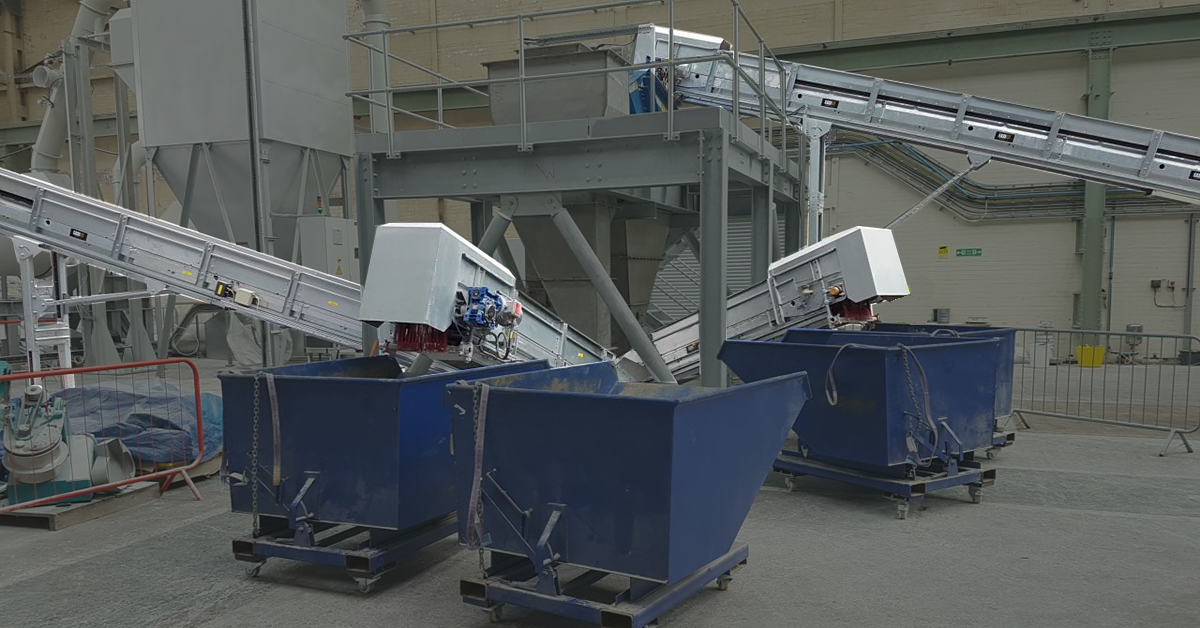Sitting a few hours outside of Madrid, Spain, the EMRO tire recycling facility has been processing high volumes of tires for over 20 years. For the entirety of that time, CM Primary Shredders and Liberators have been the pride of EMRO’s stable, with those original workhorses still running in production.
As the steel prices continued to surge in early 2020, the management team at EMRO reached out to their partners at CM, looking for an alternative to traditional high-speed grinders to process and clean tire wire with high rubber contamination. As timing would have it, CM’s research and development team were in the final testing stages of a stand-alone tire wire cleaning system designed to help maximize profits and increase the efficiency of their client’s tire shredding and wire liberating systems. The rest, as they say, is history.
“The difference in price that tire steel commands when it’s above 95%+ clean compared to the average 80% clean steel which comes directly out of the CM Liberator is quite significant. At the same time, the challenges our clients face to reach that level of premium resale value in steel are numerous and usually come at a high cost of operation and maintenance,” said Mario Vazquez, the Sales & Marketing Director for CM Shredders.
CM had previously developed a field-proven Zero Waste Wire Cleaning System; a popular add-on option offered to clients who run their CM Liberator models.
“The CM Zero Waste Systems can take the commingled steel and rubber wire that comes directly out of the CM Liberator and further cleans the steel up to 98% free of rubber and fiber contaminants for maximum steel resale value. This completely new version of the CM Zero Waste system was designed to produce the same steel cleanliness quality at high capacities. Yet, it’s performed as a stand-alone system independent of the Liberator and adds new advantages and efficiency features,” added Mr. Vazquez.
The new system builds on CM’s proven Zero Waste Wire Cleaning technology and elevates the advantages and features to include:
- An independent, stand-alone system operates at high production rates
- Operates at low RPM so fire risk and wear are drastically reduced.
- Uses ½ (half) the power consumption compared to high-speed grinding or rasping machines
- Due to its low speed and low RPM, the system can be bulk fed with rusted and clumped materials
- The system can handle contamination much better than high-speed alternatives
- Reduced maintenance intervals and operational costs compared to traditional high-speed tire grinding machines.























